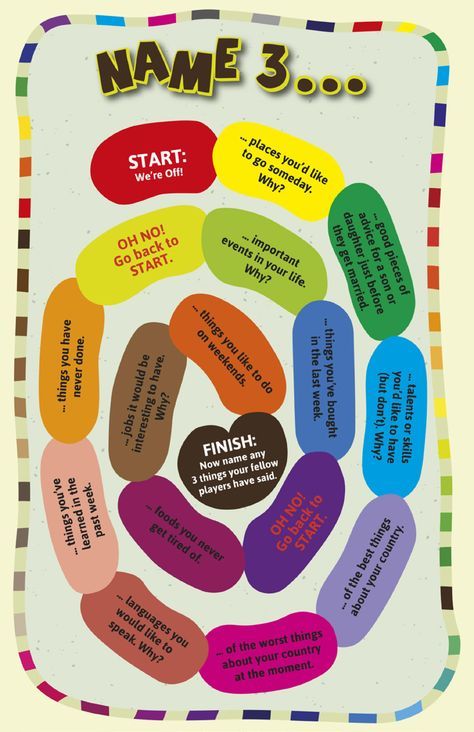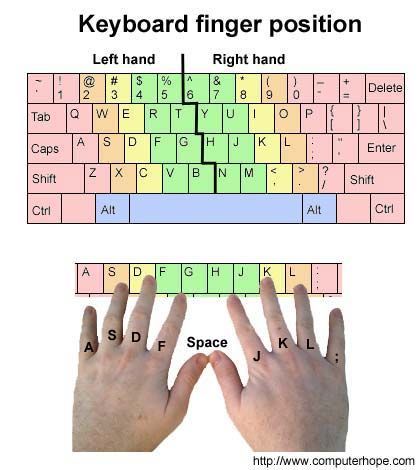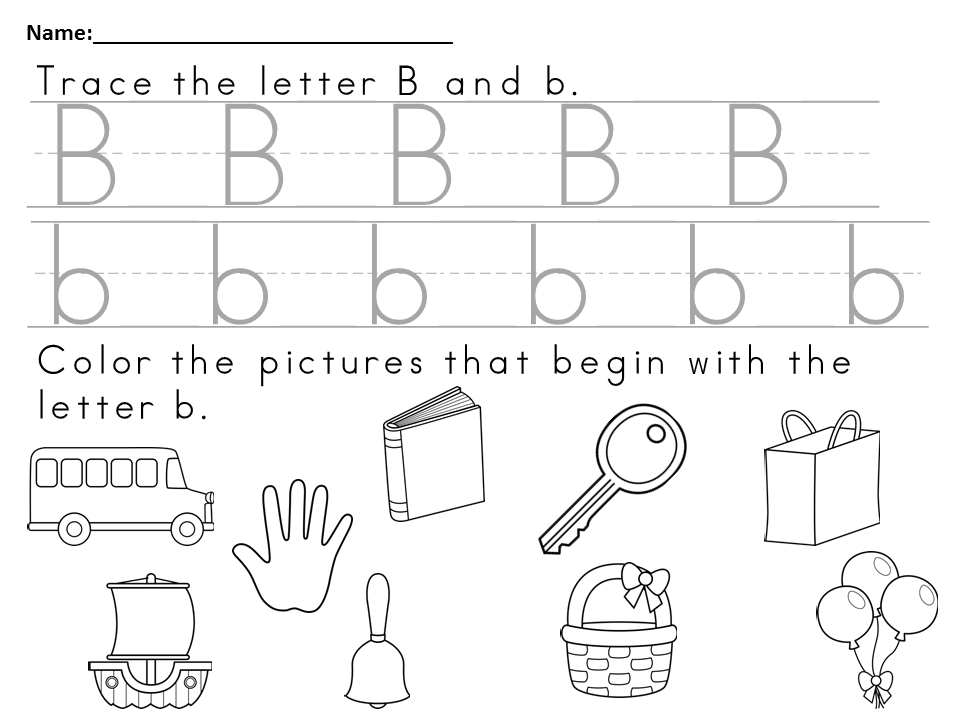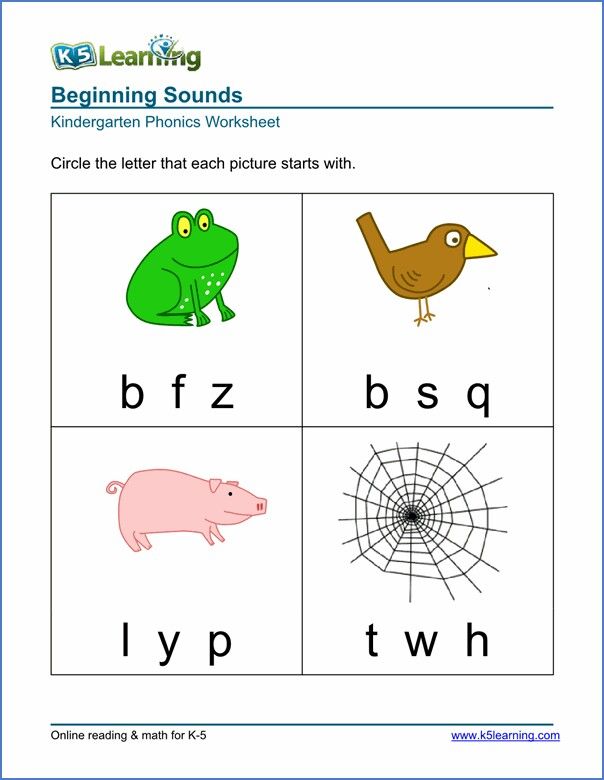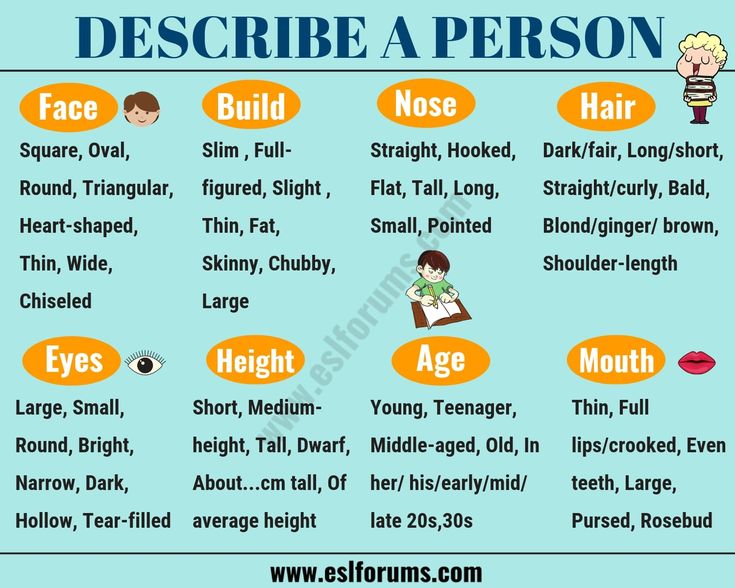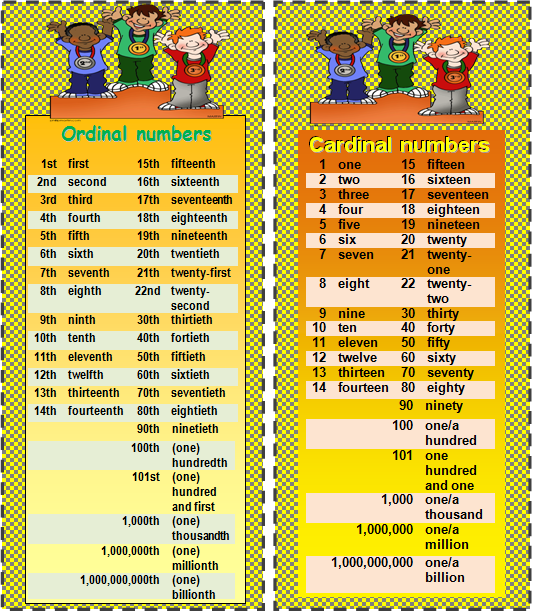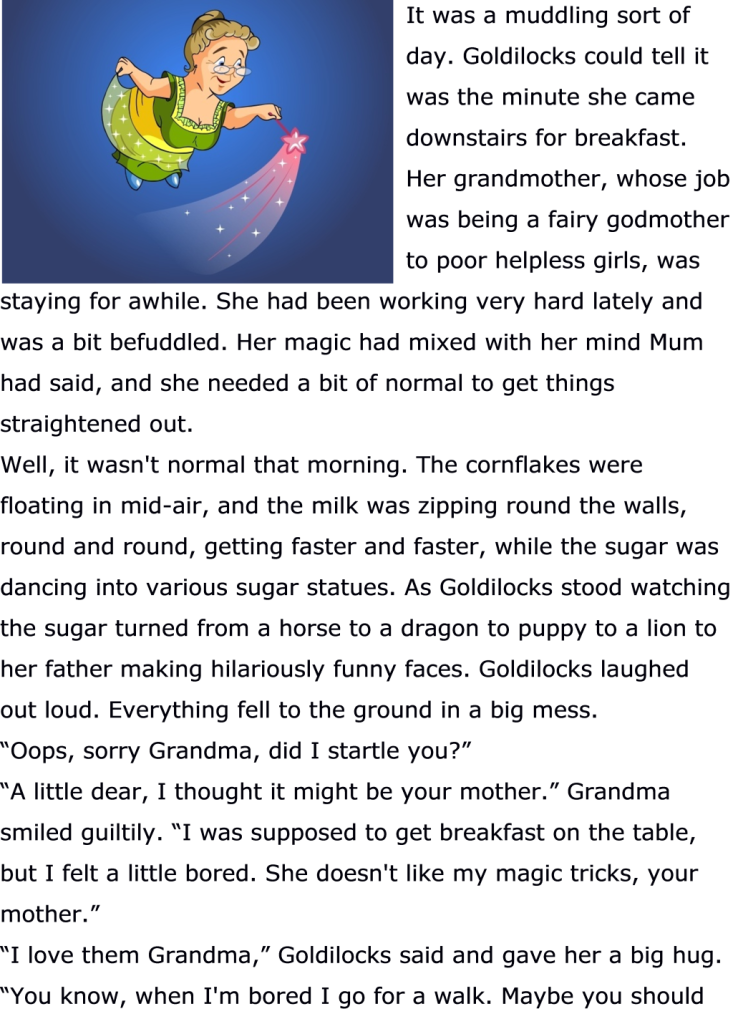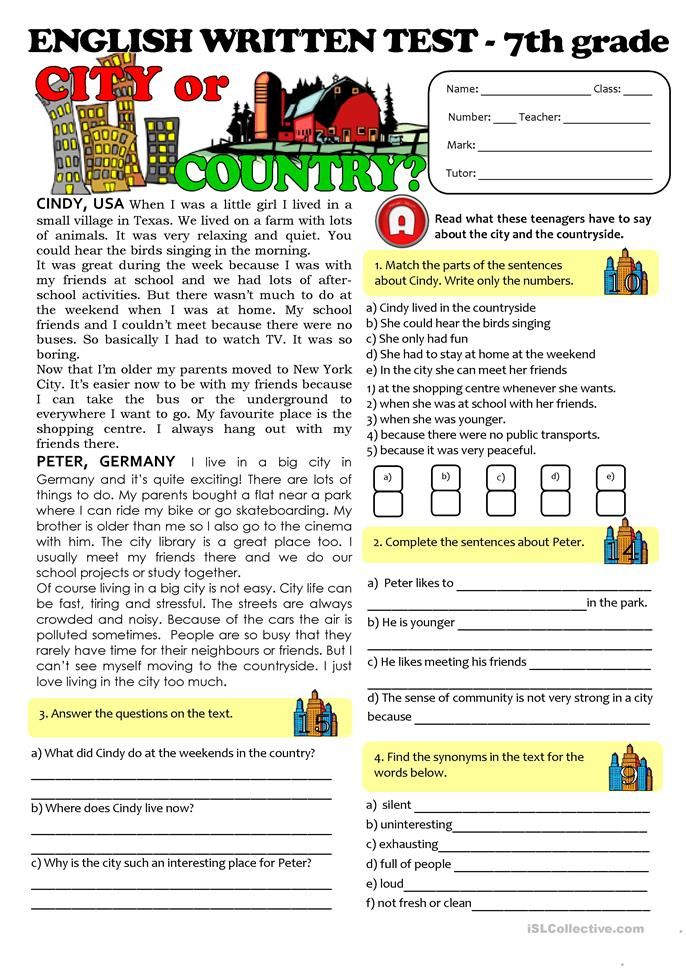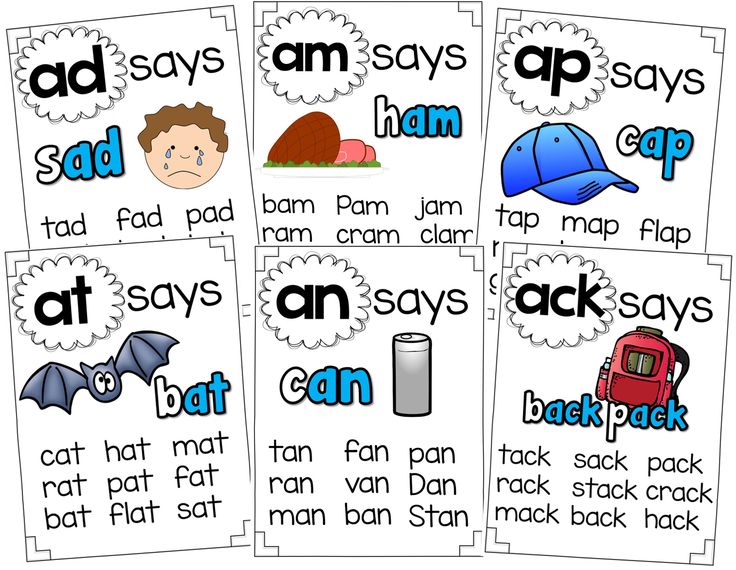Fun activities for learning
15 active learning activities to energize your next college class
The evidence just keeps growing – postsecondary students engage more, learn more and accomplish more with active learning. In yet another proof point, a meta-analysis from the Proceedings of the National Academy of Sciences found that student exam scores improved 6% when active learning approaches were used. And students in traditional classes were 1.5 times more likely to fail than those being taught with interactive methods.
During uncertain times like these, it might feel simpler to stick with what’s familiar. But even if your classes have moved partially or fully online, that doesn’t mean you’re limited to lecturing. Even taking 5 or 10 minutes to shift from knowledge intake to interaction can make a difference.
Are you ready to move to a different way of teaching but need some ideas to get you started? Or maybe you’ve been running your courses this way for years but want ideas that work for the new reality. Whether your classes are in person, online or somewhere in between, here are 15 active learning activities to try with your students this semester.
1. Think-pair-repair
In this twist on think-pair-share, pose an open-ended question to your class and ask students to come up with their best answer. Next, pair learners up and get them to agree on a response. Get two pairs together, and the foursome needs to do the same thing. Continue until half the group goes head to head with the other half. If your students are online, breakout rooms in your conferencing software let you do the same thing virtually. Here’s how it works in Zoom.
2. Improv games
If your classroom is museum-level quiet no matter how you try to liven things up, try some low-stakes (read: not embarrassing) improv activities. In the three things in common game, pairs figure out the most unexpected things they share (this can also be done online in breakout rooms). Or challenge your students to count to 20 as a group with one person saying each number – but no one is assigned a number, and if two people talk at the same time, everyone starts again at 1.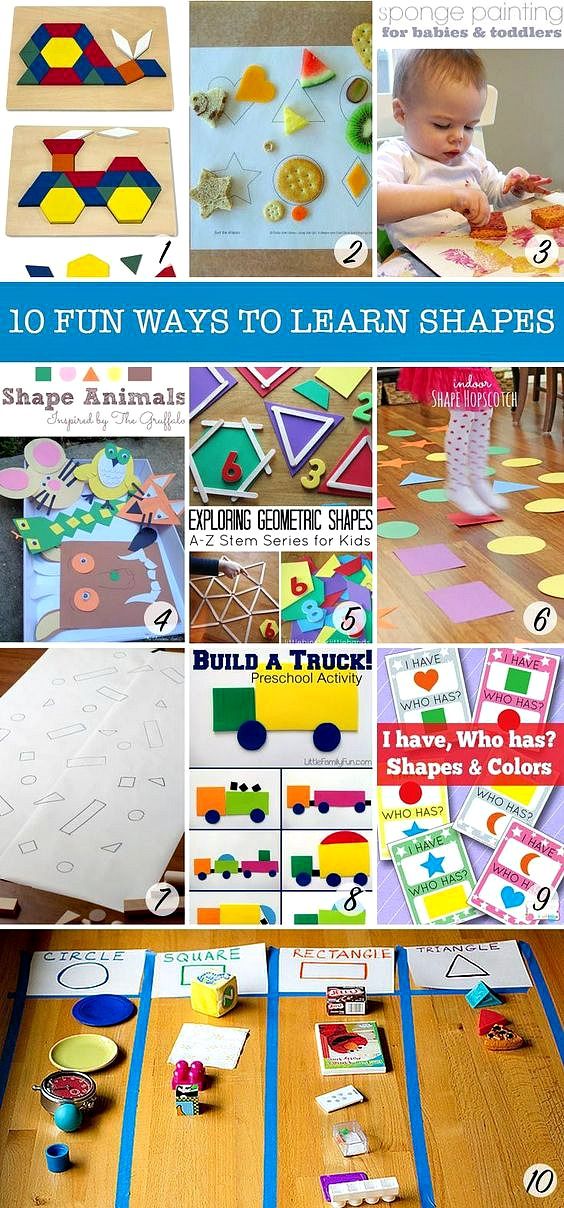 (If some students are in the room and some remote, you’ll need classroom audio with full-room coverage for this to work. Here’s how Nureva audio can help.)
(If some students are in the room and some remote, you’ll need classroom audio with full-room coverage for this to work. Here’s how Nureva audio can help.)
3. Brainwriting
You’ve probably tried brainstorming, but have you tried brainwriting? In this approach, students are given time to come up with their own ideas individually before sharing them out loud or posting them to an online whiteboard or other shared platform. Building in space for individual reflection leads to better ideas and less groupthink.
4. Jigsaw
Help students build accountability by teaching each other. Start by dividing them into “home groups” (4 or 5 people works well). Again, breakout rooms in Zoom or Google Meet make this simple even if everyone is remote. Assign each person in the group a different topic to explore – they’ll regroup to work with all the students from the other groups who are exploring the same idea. Once they’ve mastered the concept, students return to their home group and everyone shares newfound expertise.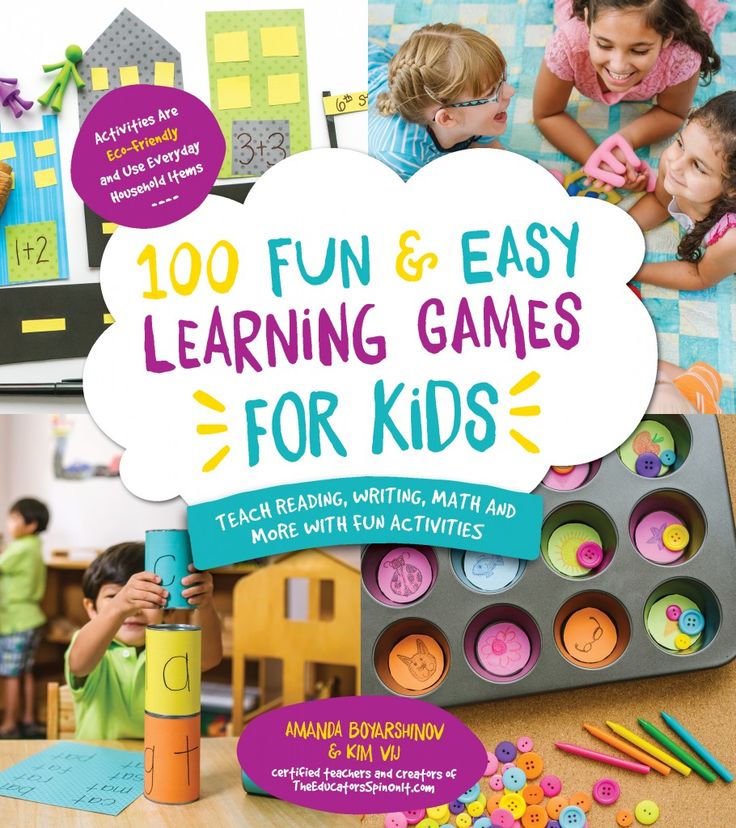
5. Concept mapping
Collaborative concept mapping is a great way for students to step away from their individual perspectives. Groups can do this to review previous work, or it can help them map ideas for projects and assignments. In pre-COVID times, you may have covered classroom walls with sticky notes and chart paper – now there are many online tools that make it simple to map out connections between ideas.
6. The one-minute paper
How much could you explain in one minute? At the end of class, set a timer and ask students to record their most eye-opening revelation or biggest question. This activity lets students reflect on learning and build writing skills – plus you’ll get a window into their understandings and misunderstandings. Here are more prompts you can use to get students writing.
7. Real-time reactions
When students are watching a video, a mini lecture or another student’s presentation, have them share their real-time reactions.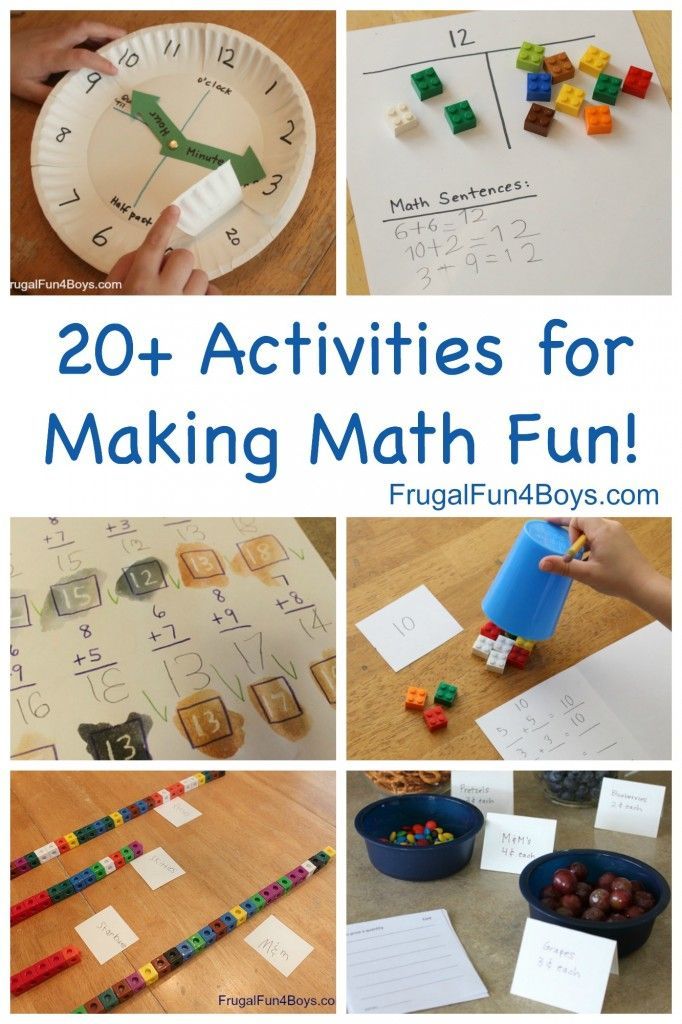 This helps students spot trends and consider new points of view. You can set up a hashtag to allow for live tweeting, or use the chat function in your conferencing software.
This helps students spot trends and consider new points of view. You can set up a hashtag to allow for live tweeting, or use the chat function in your conferencing software.
8. Chain notes
Write several questions on pieces of paper and pass each to a student. The first student adds a response (use a timer to keep things moving quickly) and then passes the page along to gather more responses. Multiple contributions help build more complete understanding. A digital alternative involves using shared documents that multiple students are invited to edit. Then your class can examine the responses and identify patterns and missing pieces.
9. Idea line up
Choose a question that has a range of responses, and then ask students where they stand – literally. If you’re not social distancing, have them come to the front of the classroom and organize themselves in a line, based on where on the spectrum of answers they find themselves. In a blended classroom or a physically distanced one, get them to place themselves on a virtual number line instead.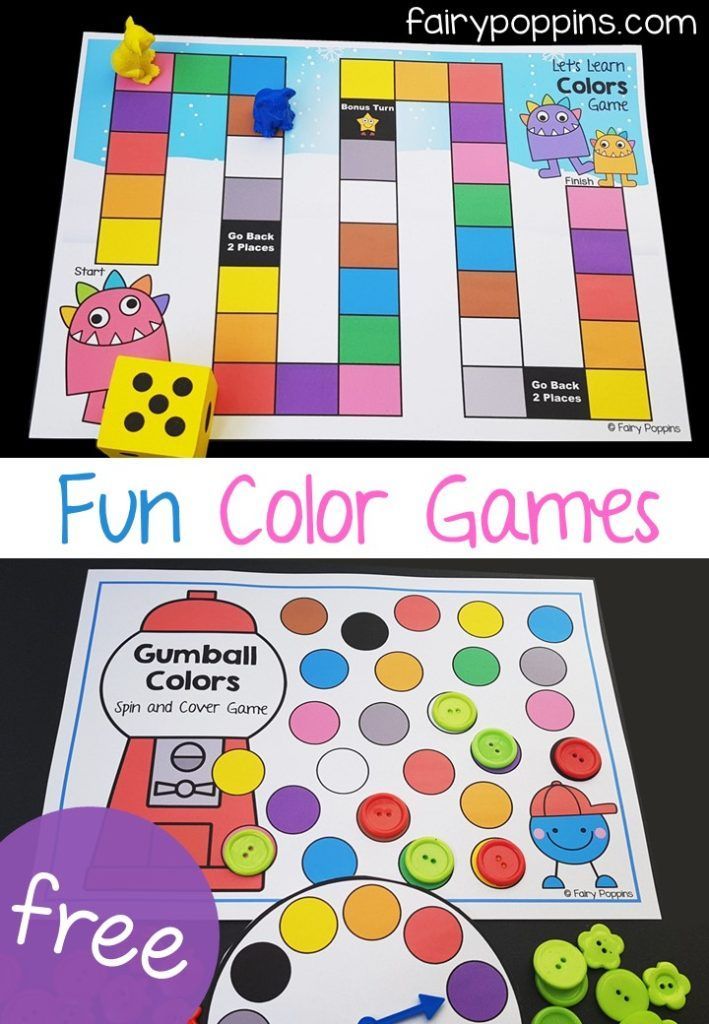
10. Mystery quotation
Test how well students can apply their understanding of an issue or theoretical position. After they’ve explored a topic, show them a quotation about it they’ve never seen before. Their task is to figure out the point of view of the person behind the quotation – and justify it to the class. Students can debate this issue in small breakout groups before beginning a whole-class discussion.
11. Idea speed dating
Have students cycle through your space, or through breakout rooms in Zoom or Google Meet, sharing insights about a topic or their elevator pitch for an upcoming project. As they present their learnings multiple times on several “speed dates,” students’ presentation skills and perspectives will grow.
12. Peer review
The process of peer review is as old as academia, and it’s never too early to start. Have students swap drafts of their essays, proposals or lab reports, and then come up with comments and questions for each other.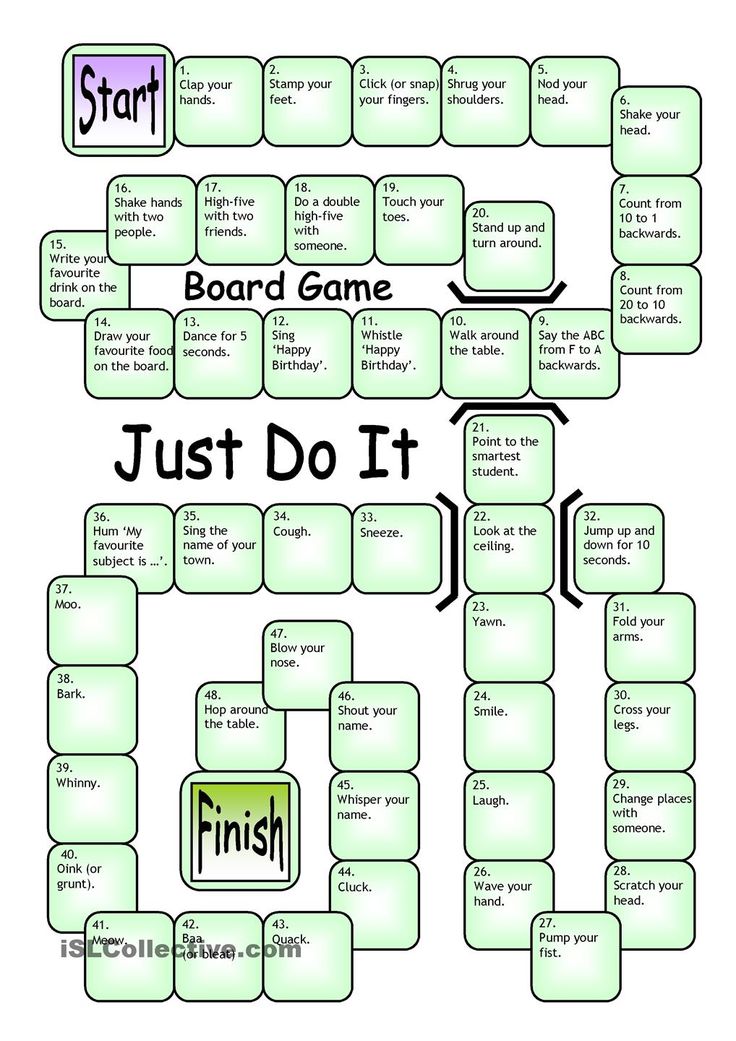 Make sure to be clear about what the goals are (using rubrics helps). For example, students could identify compelling arguments, unanswered questions and holes in logic.
Make sure to be clear about what the goals are (using rubrics helps). For example, students could identify compelling arguments, unanswered questions and holes in logic.
13. Quescussion
Ever played Jeopardy? Then you’re ready for quescussion. It’s like a standard class discussion but only questions are allowed (students call “Statement!” if someone slips up). If you play this game at the beginning of the course, the questions can help shape your course. If you have students both in the room and calling in from a distance, make sure the remote learners get equal airtime and that your audio system is picking up student voices clearly.
14. Sketchnoting
Instead of taking traditional lecture notes, try getting your students to sketch a picture that represents what they’ve learned during class. Remember, it’s not about the quality of the art – it’s about how drawing prompts students to visualize their understanding and look at their learning from a different perspective.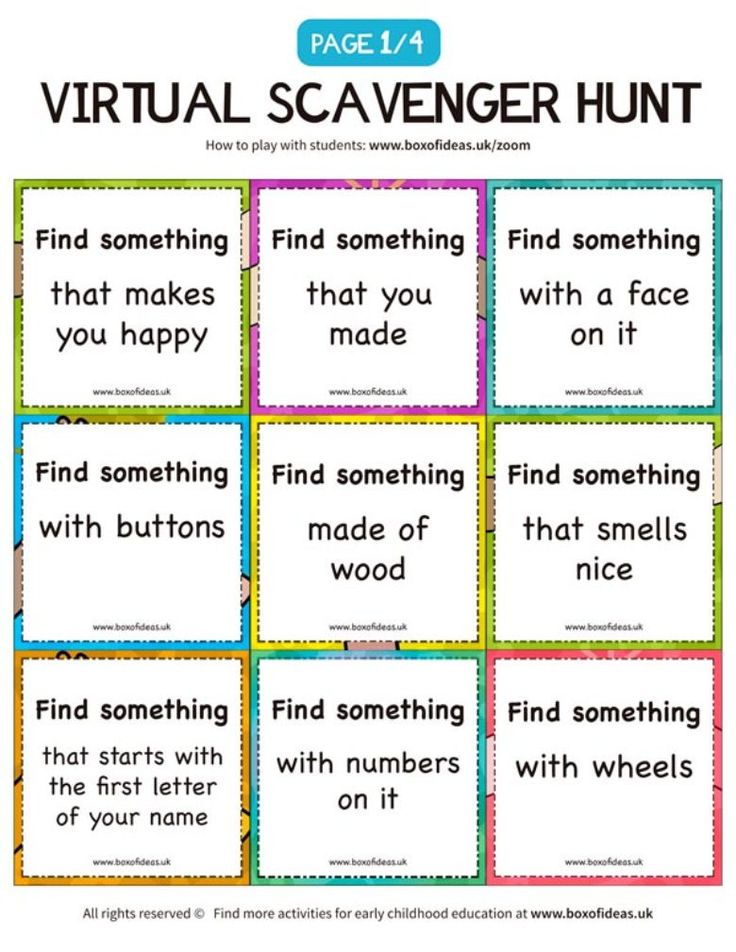
15. Empathy mapping
Take a page from the designers’ handbook and get students to explore deeper by embracing a perspective. It’s deceptively simple – write down what a person says, thinks, does and feels. The ability to slow down and immerse yourself in another point of view is valuable. In design thinking, empathy maps help designers create better products for users. But this process can be just as valuable for analyzing characters from literature, historical figures or political stances.
Checklist: 8 audio essentials for HyFlex and hybrid learning
Do your higher ed audio systems support active learning? In a hybrid classroom, students need to be able to hear each other easily, no matter where they are. Instructors need to be able to change the room layout for different activities, as often as they like. See what else is on our audio essentials list – download your checklist today (no email address required).
Editor’s note: This post was originally published August 2018 and has been updated.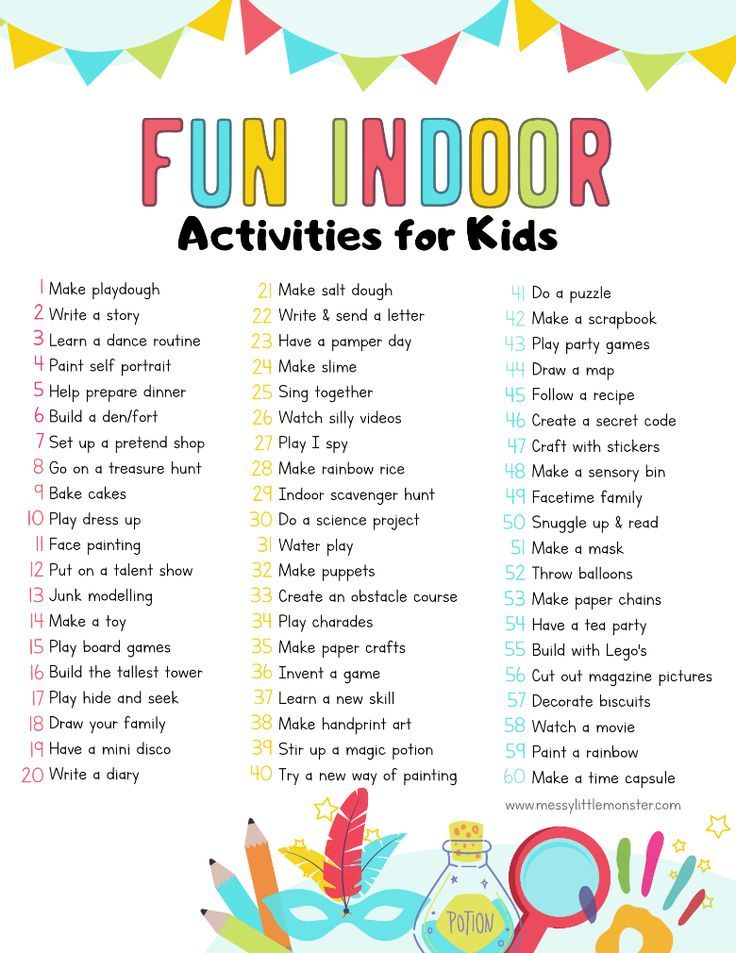
Hundreds of Kids Activities that are Totally Awesome!
This is a list of our most popular activities for kids! There are tons of fun learning activities and fun for kids. Whether you are looking for kids activities for educational purposes or just for fun, these are sure to be a hit!
Super Cool Lava Lamp Experiment
Your kids will love exploring colored water and oil, but a surprise ingredient will make this science activity even more exciting!
Editable Name Spelling and Tracing Printables
Make learning names fun with these name spelling and tracing printables that are editable.
Easy Play Dough Recipe Without Cream of Tartar
This play dough recipe is super easy to make and requires no cream of tartar.
Printable Letter Sounds Alphabet Board Game
An effective way to teach letter sounds while developing counting skills and more.
Letter Matching Apple Tree Activity with Printable
This letter matching apple tree is a fun way for kids to learn letters this fall.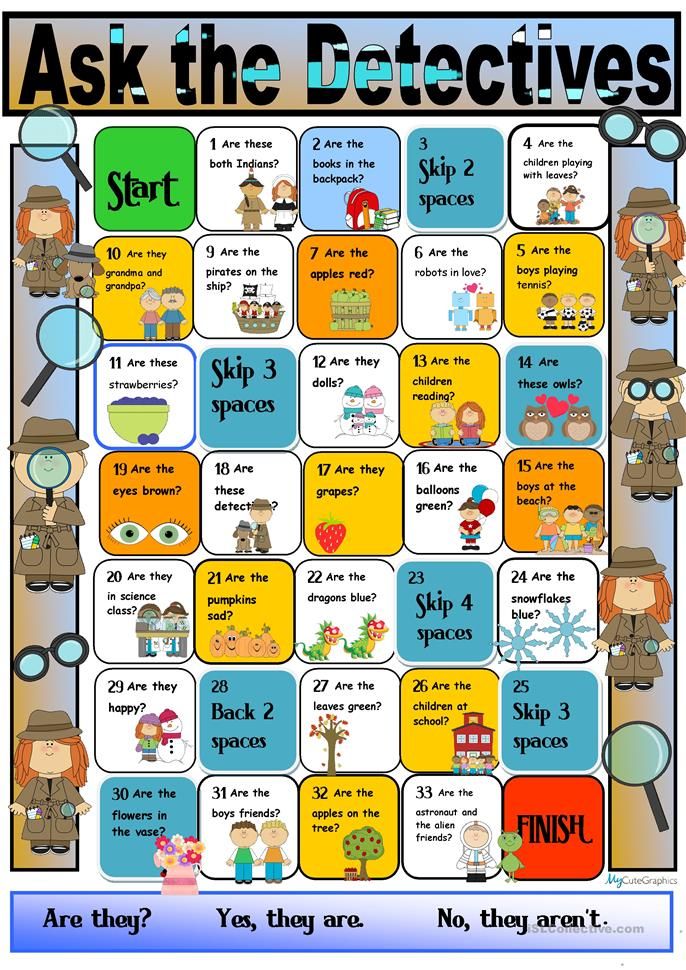
Magic Milk Science Experiment for Kids
This magic milk science experiment is perfect for you! It amazes the kids every time and it is super easy to do too! Just grab a few household supplies and have a blast with magic milk!
Super Fun Name Search Activity and Free Printable
Teach kids to recognize and spell their name with this hands-on name search activity and free printable!
Alphabet Printables and Activities for Preschool and Kindergarten
With over 300 pages of printable alphabet activities, this printable pack is sure to keep the kids engaged!
Make Your Own Dinosaur Dig Excavation Activity
Did you know that you can make your own dinosaur dig excavation activity? All you need is two household ingredients and a few sunny days. It couldn’t be easier!
Rain Cloud in a Jar Science Experiment
This rain cloud in a jar is a weather science experiment that gives young children a chance to explore clouds and rain in a hands-on and engaging way!
Leak Proof Bag Science Experiment
This leak proof bag science experiment is sure to WOW your kids! All you need is two household supplies and you can do this water experiment with your kids too.
Roll and Dot the Letter Alphabet Activity and Printable
This roll and dot the letter alphabet activity is a great way for kids to learn to identify letters.
Spider Web Fine Motor Activity
This spider web fine motor activity is so much fun! My son played with it over and over again. It is an excellent way to develop fine motor skills. Plus, it is one of our absolute favorite kids activities!
Oil and Water Science Exploration
We’re definitely adding this oil and water science exploration to our growing list of science experiments for preschoolers. But even older kids will enjoy it too!
Field Day Games that are Super Fun for Kids!
These field day games for kids are all super fun and exciting. They are outdoor games that will get the kids moving, playing and having fun outdoors!
Counting and Number Matching with Paper Cups
Practice number matching with paper cups! It’s a fun, hands-on way to learn numbers and counting.
Rainbow Hop Letter Sounds Game
This life-size board game is a fantastic way to move and learn alphabet sounds and counting!
Sand and Water Ocean Sensory Bin
My kids had a blast digging in the sand and playing in the water while learning about the ocean habitat.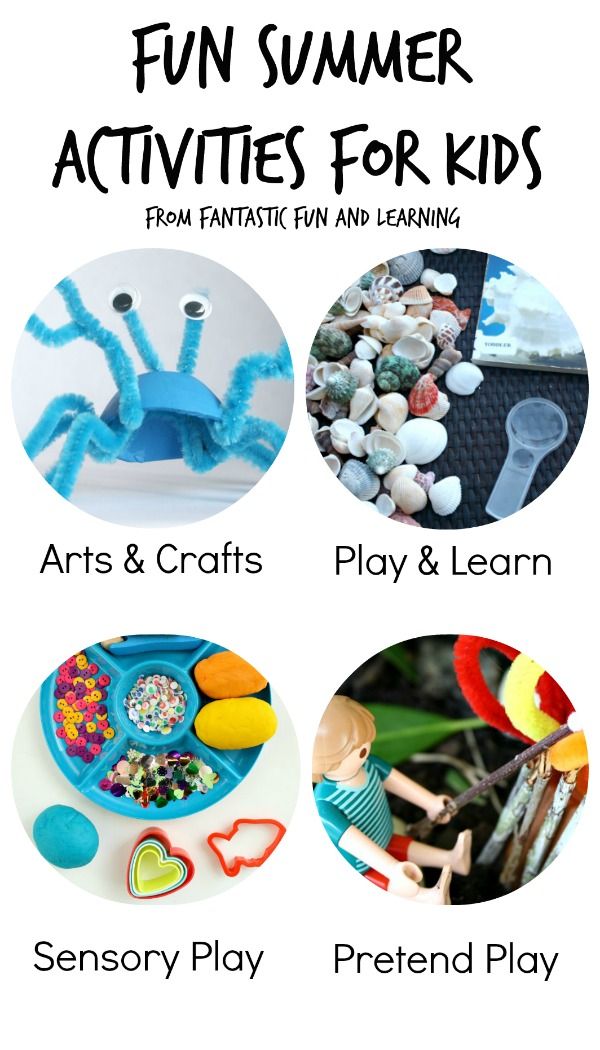 If you are looking for summer kids activities, you have to give this one a try!
If you are looking for summer kids activities, you have to give this one a try!
Preschool Math Game: Roll and Dot the Number
A quick preschool math game that will teach kids to identify numbers and count while learning one to one correspondence.
Counting Bear Number Strips and Color Matching Activity
These counting bears number strips are a hands-on way for toddlers and preschoolers to learn numbers, counting and even colors.
Educational activities, games and activities for children online
Exciting games, exercises and activities for children by age groups.
Educational games for boys and girls. Choose the age you want and get started!
Practice on any device, anytime.
68 962
assignments for children
Exercises by topic
Preschool
2 years
First steps
3 years old
Start of training
4 years old
Knowledge Joy
The desire to go ahead
soon at school
Study is easy to study
School
Grade
The first call
9000Grade 3
Wonderful world
Grade 4
New discoveries
What your child needs!
Dear parents, on the Kids Smart platform, all educational exercises and games for children online are distributed by subject/topic and by age groups. In this section of our service, exercises are specially selected for a certain age of the student. nine0003
In this section of our service, exercises are specially selected for a certain age of the student. nine0003
First, you can try to go through several exercises from different groups, then, in the process of performing developmental activities and games, determine in which group your child will be comfortable and productive in learning. Depending on the preparation of the child, you can choose tasks according to his age or go to the older or younger group of games.
Educational games on any device and at a convenient time!
Also developing exercises for children are divided into three levels of difficulty. The service will automatically select the difficulty level of the exercise for each child, taking into account the learning statistics. By performing correctly developing tasks, the service will increase the level of complexity and adapt individually to the student. Periodically, the system issues tasks for repetition, which helps to remember and repeat the material covered. nine0003
nine0003
Kids Smart is convenient because it is possible to perform educational activities online both on a PC and on smartphones, tablet computers and netbooks from anywhere in the world. One registration is enough for you to be able to log in from any device.
A huge number of tasks!
Fascinating, informative, interesting games and tasks for children help develop attention, logical thinking, train memory and other useful skills in a child. Developing online classes help preschoolers to learn new knowledge, and schoolchildren to consolidate the skills learned in the classroom. nine0003
Our team regularly updates and expands the database of exercises and educational games for the development of children online, adding new tasks and items. Show children the fascinating world of new knowledge, develop the ability and train the mind of the child.
Develop logic, intelligence, memory and imagination!
Completing our activities for kids is fun and rewarding! You can devote very little time to doing exercises and tasks online (10-20 minutes a day), and the acquired knowledge and skills will definitely come in handy for your baby.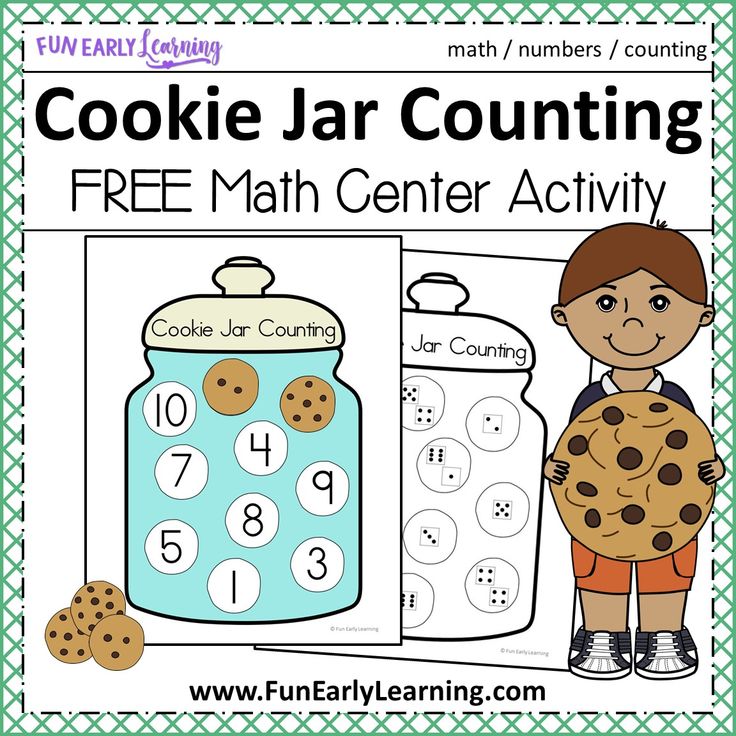 Kids Smart is a modern education, preparation for school, a lot of tasks and educational games. You can choose the number of tasks to perform, group them into blocks, create your own learning system. nine0003
Kids Smart is a modern education, preparation for school, a lot of tasks and educational games. You can choose the number of tasks to perform, group them into blocks, create your own learning system. nine0003
Looking at the correctness of answers to tasks with the help of performance statistics, you can find out which educational games and exercises are easy for your child and which are difficult. Focusing on these statistics, you can build a learning process and improve student performance. Join us - start exercising online right now!
Reasons to choose Kids Smart as an additional education:
a huge number of educational exercises and games for preschoolers 2 and 3 years old, 4 and 5 years old, 6 and 7 years old, as well as schoolchildren in grades 1 and 2, 3 and 4 nine0003
a unique system that adapts itself to the individuality of your child
different levels of difficulty of exercises
learning process in a playful way
educational games and tasks on various topics and subjects
interesting motivational rewards in the form of stars achievements, awards and personal diplomas
voiced colorful educational tasks and games
thousands of children around the world choose Kids Smart
useful use of the Internet
online learning
additional educational printed materials for your child
11 fun activities to prepare your child for reading
Try these exercises to teach your child the four key components of successful reading: words and sentences, rhyming, phonemic perception.
We have prepared for you a colorful poster with these exercises for printing (download links below, under the text)! nine0003
1. Collect the word (Understanding syllables).
Explain that syllables are parts of words. Demonstrate by saying the word and pushing one block in a row accentuating each syllable. Gather the cubes back into a pile before saying the next word. Instead of blocks, you can give the children small paper squares for a group activity. Prepare a list of words to practice. For example, you can practice words related to something your child is currently learning. nine0003
2. What's in the box (Understanding syllables).
Collect several items in a box or basket. Be sure to include items that differ from each other in the number of syllables in their name. Invite the child to close their eyes, choose an item from the box, and name it (for example, “This is a pencil”). All children must repeat the name of the chosen subject and clap their hands, emphasizing each syllable. Then ask the class to say in chorus how many syllables they heard.
Then ask the class to say in chorus how many syllables they heard.
3. I went to the store (Rhymes).
Have students sit in a circle and give them something to throw, such as a small ball or pillow. To start the game, say "I went to the store to buy meat", then toss the ball to the student. The student should repeat the phrase and add a rhyming word at the end, for example: “I went to the store to buy kvass (or a vase, lasso, blot, etc.)”. Then the student should throw the ball back to the teacher, who repeats the original phrase with a new word that needs to come up with a rhyme (for example, “I went to the store to buy cheese (or fat, kefir, figs”). Maintain a fast pace so that the children do not lose interest. nine0003
4. The ship is loaded ... (Rhymes).
Have the children sit in a circle and make sure you have something to throw, such as a ball or pillow. To start the game, say "The ship is loaded with cheese." Then throw the ball to one of the students.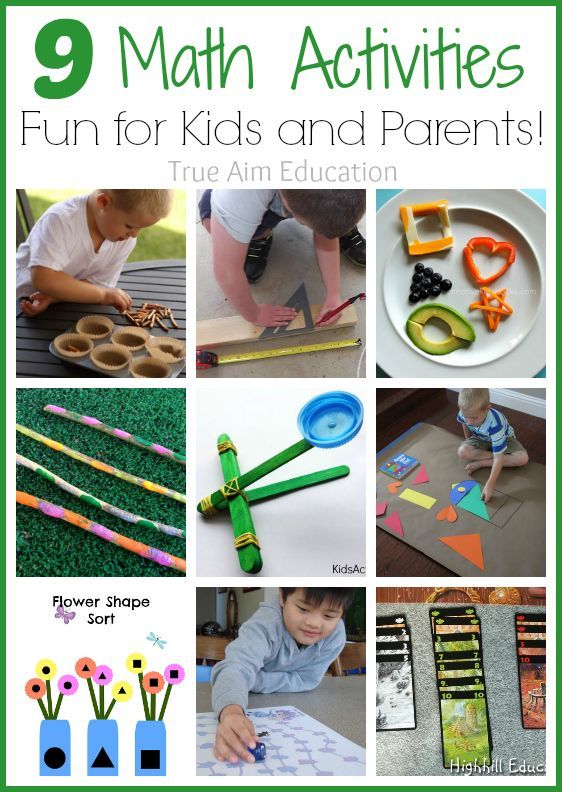 This student must come up with a rhyme (for example, “The ship is loaded with kefir”) and throw the ball back to you. After repeating the original phrase, throw the ball to another child. Continue the game in this way until the children run out of rhymes. Then name another cargo on the ship and continue the game. Come up with new game situations to expand the list of possible rhymes. nine0003
This student must come up with a rhyme (for example, “The ship is loaded with kefir”) and throw the ball back to you. After repeating the original phrase, throw the ball to another child. Continue the game in this way until the children run out of rhymes. Then name another cargo on the ship and continue the game. Come up with new game situations to expand the list of possible rhymes. nine0003
5. Listen to the words in a sentence (Understanding words and sentences).
Give each child six or seven regular bricks, Lego bricks, or construction paper squares to use to represent the words in the sentence you will make for them, one brick for each word. Brainstorm with the children by showing them how to repeat your sentences to themselves, word by word, with clear pauses between each sentence. Invite the children to arrange the blocks in order from left to right so that they begin to master the orientation. After they have laid out the blocks, have the students repeat your sentence, pointing to each block as they say the word it represents. nine0003
nine0003
6. Name the animals (phonemic perception).
Use animal cards or photos cut from magazines. Give the students pictures and ask them to name the animals. Ask: “What sound do you hear at the beginning/end of this animal’s name?” This game can be expanded with more pictures on different topics and students can play it in pairs.
"Thanks to advances in neuroscience and technology, not only do we now understand why experienced readers read well and others struggle with reading, but we can also help any reader on their journey from early language acquisition to reading and reading comprehension “It all happens in the brain!” nine0158
7.
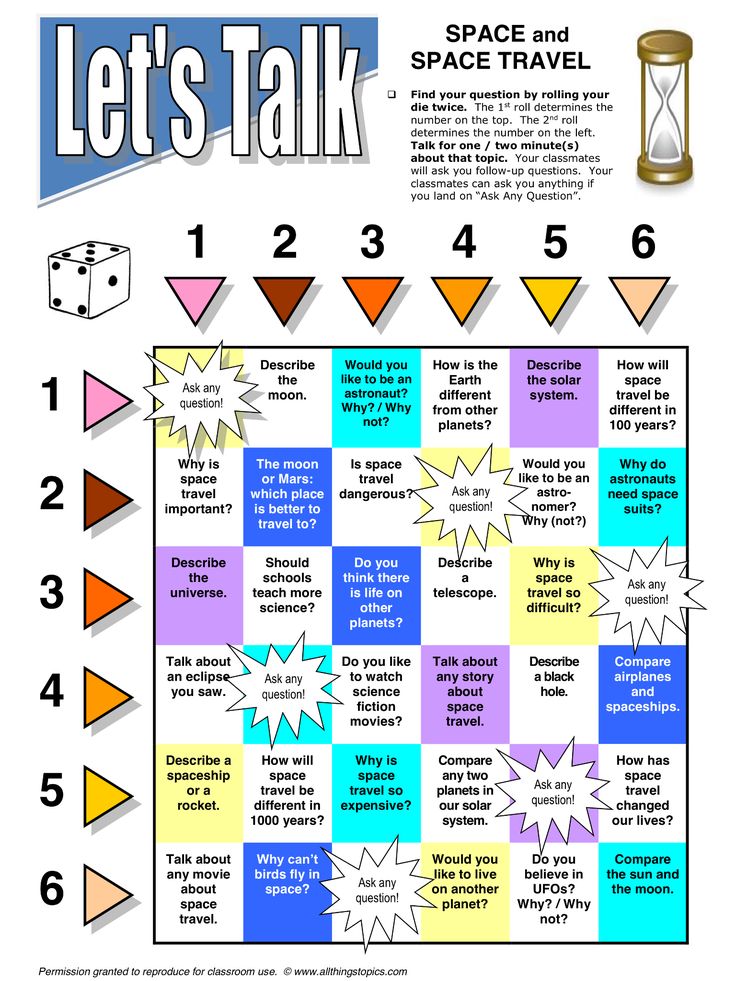 Guess who? (phonemic perception).
Guess who? (phonemic perception). Have the children sit in a circle and say, "Guess whose name I'm going to say now." Then choose one of the students and clearly pronounce only the initial phoneme of his name. For names that begin with a plosive consonant, such as Danya, the phoneme must be repeated over and over again, clearly and distinctly: “/d/ /d/ /d/ /d/ /d/”. Fricative consonants should be stretched and repeated (for example, “/s-s-s-s/ / s-s-s-s / /s-s-s-s/ /s-s-s-s /”). If several children's names start with the same phoneme, have the children guess all the possible options. This will show the children that each phoneme appears in many different words. nine0003
8. Simple words (Isolation and identification of phonemes).
Give yourself and each child three colored cubes. Begin by saying a two-letter word (such as "yes"), clearly separating it into parts: "y ... a." Ask the children to repeat what you said. Then all children have to represent the word with two blocks of different colors to show that it consists of two sounds.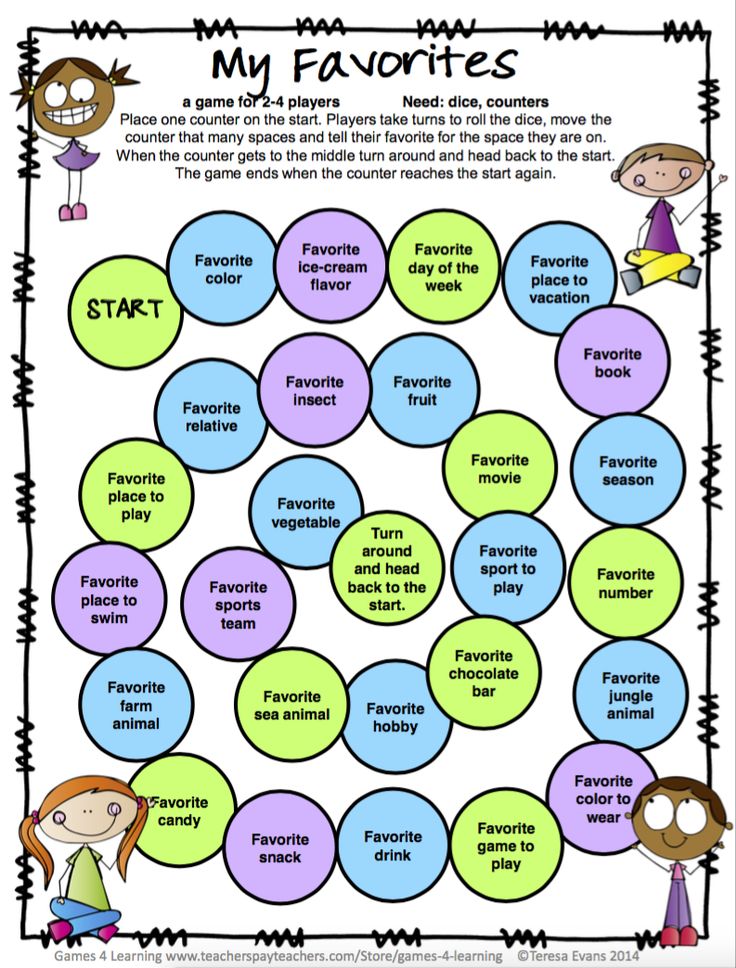 Further explain that words can consist of more than two sounds. To demonstrate this, say the word “gift,” “d...a...r,” and have the children repeat the word in unison. To represent the third phoneme, place a new block to the right of the other two blocks, saying the entire word, phoneme by phoneme, pointing to each block in turn from left to right. nine0003
Further explain that words can consist of more than two sounds. To demonstrate this, say the word “gift,” “d...a...r,” and have the children repeat the word in unison. To represent the third phoneme, place a new block to the right of the other two blocks, saying the entire word, phoneme by phoneme, pointing to each block in turn from left to right. nine0003
9. Funny words (Isolation and identification of phonemes).
Show the children the sound and ask them to substitute it for the sound at the beginning of their names or any other words. The teacher might say, “A funny sound is /b/. Change the first sound in your name to /b/”, for example, Masha will become Basha, and Stas will become Btas.
10. Conversation with the robot (phoneme fusion).
Pronounce the word, stretching it out, pausing about a second between each phoneme. Then ask students to repeat the whole word to you. For example, when a teacher says: “/h/.../e/.../r/. .. /n/.../s/.../d/”, students respond: “Black!” nine0003
.. /n/.../s/.../d/”, students respond: “Black!” nine0003
11. Head-girdle-legs (Segmentation of phonemes).
This is a great activity to help students identify inner sounds. Say a three-sound word, such as "cheese." Students then stand up and touch their heads with the first sound (/s/), their belts with the second sound (/s/), and their toes with the last sound (/r/). Then touch your belt again and ask, "What sound is that?" Continue practicing sounds in positions that are difficult for students to identify on their own. nine0003
Does your child have a reading disability?
Thanks to the FAST FORWORD method, the child will catch up with the age norm in reading in just 20-40 hours of play-activities!
Learn more about the methodology and sign up for online trial classes, help your child overcome reading difficulties quickly and permanently!
LEARN MORE
You can print the 11 Fun Reading Activities for Kids poster in high resolution and display it in a prominent place in your home or daycare to follow these simple yet important guidelines were always in front of my eyes.